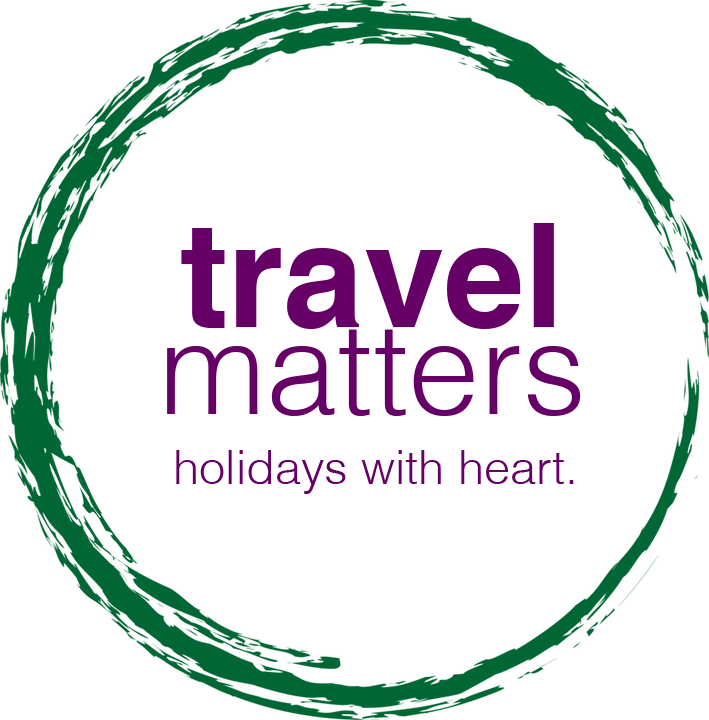Morocco with Maryna
They say that travelling is a great educator and educated me it did during my recent trip to Morocco. For some reason, I always thought that Morocco was nothing but a desert, speckled with lonely palm and olive trees. And orange trees of course, because who hasn’t seen Moroccan oranges at a supermarket? All I can say is that the nine days that I spent in the country were incredibly rich visually, culturally and culinary.
In the world where more and more countries succumb to globalisation and westernisation, Morocco still holds the fort as a country with a strong national identity. I am a huge fan of road trips - no other way of travelling for the exception of tracking or cycling allows you to truly get off the beaten track like driving does. Even though my trip was relatively short, I managed to get a really good taste of what Morocco is about. And the conclusion is that it is just a brilliant all-rounder – it has beaches, impressive landscape diversity, heaps of culture and pretty good shopping opportunities. It also offers a vast array of accommodation options, from charming budget to truly spectacular.
Going to Morocco in winter is a good answer to those expensive long haul trips, when all you want is a little bit of sunshine on your face. With low-cost airlines flying to Marrakech daily, I think it is silly to not use this opportunity - the flights are cheap, rates are low and crowds are virtually non-existent. You won’t get tropical heat, of course, most likely you will even need a light jacket in the evenings and mornings, but the weather during the day will be sunny and generally very pleasant. Temperatures drop dramatically as soon as the sun goes down, but then most hotels and restaurants will make a wood fire and that what makes up for the chill and makes Moroccan winters so atmospheric and cosy.
Morocco is a comparatively large country, and the scenery depends on where and when you go. From the window of our car I have seen rolling green hills, not dissimilar to those in Europe, snow-capped mountains covered in pine forests, endless desert and waterfalls. That is why Morocco is so incredibly romantic. Not to mention that any opportunity to practise the rusty French of yours is always appreciated, as well as an opportunity to dress up in a traditional kaftan and apply a slightly thicker eyeliner than is generally acceptable in Europe.
I spent two nights in Marrakech and had a chance to experience both the Four Seasons and La Maison Arabe. These properties are very different in style and I won’t bother you with my description of the Four Seasons as Petra has done so wonderfully in her blog on Marrakech and Essaouira.
La Maison Arabe is a legendary place in Marrakech boasting of rich history, a best restaurant in Marrakech and Winston Churchill as its guest. The place is cosy and charming and represents a labyrinth of corridors and passageways that once were five different buildings and are now blended seamlessly in the hotel’s architecture. Even though it is five star, their service is no lower than six.
Morocco is a country of colourful cities and towns. Marrakech is known as a red city, Tetouan as a white one while Chefchaouen is always spoken of as a blue one. This remote small town, where locals speak perfect Spanish has been given its blue hue by Jews, who inhabited the area previously and believed that the colour blue was a colour of God who lived in heaven and this way wanted to be reminded of him in their everyday life.
This place is incredibly photogenic, and the colourful Berber rugs look particularly good against the blue walls. Fes is another place that shouldn’t be missed, as it has the biggest medina in the world and is the UNESCO World Heritage Site. It is also home to the world’s oldest university and traditional tanneries that use the same methods as hundreds of years ago. The tanneries process the hides of sheep, goats, cows and camels, turning them into high quality leather goods such as bags, jackets and famous colourful slippers – babouches.
At the Chouara Tannery, hides are soaked in mixtures of natural, albeit pungent ingredients like cow urine, pigeon poop, quicklime, water and salt. They help to make leather softer and remove hair and excess flesh. It is a very strenuous job! In order to achieve the desired softness, the tanners use their bare feet to knead the hides for up to three hours.Moroccan cuisine with its flavourful tajines belongs to five most important cuisines in the world. Tajin is actually a name of a clay pot with a conical lid. Moroccans believe that the older the tajin the tastier the dish will be. Tajin is a perfect dish, when you do not know what to cook, as pretty much anything could be thrown in - meat, fish, vegetables, dried fruit, olives. Just cover it all up and let it sit over the charcoals for a few hours. Without a doubt my trip to Morocco was a success and I just can’t recommend it enough for those, who want to find themselves in a completely different world in just four hours.
Maryna travelled to Morocco in January 2017. Do contact her on tel 0208 675 7878 or email info@travelmatters.co.uk to discuss your ideas about travelling to this amazing country.








